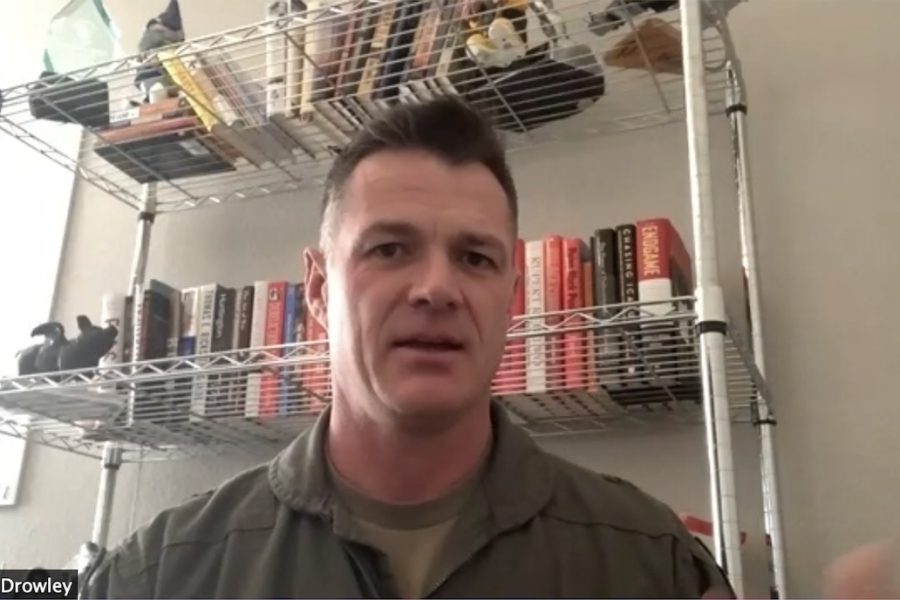The U.S. Air Force Advanced Maintenance and Munitions Operations School is changing the way it molds maintenance and logistics experts in response to the service’s embrace of agile combat employment and to help USAF maintain its competitive edge amid great power competition, 57th Wing Commander Brig. Gen. Michael R. Drowley said Jan. 5.
The school—which was founded in 2003 and calls the 57th Wing and Nellis Air Force Base, Nev., home—produces maintenance, munitions, and logistics experts through graduate-level coursework, and essentially serves as an equivalent institution to the U.S. Air Force Weapons School for Airmen in related Air Force career fields.
“The AMMOS school is really shifting their scan downrange right now to see what are the problems on the horizon that are gonna be rapidly approaching us here, and how do they focus their efforts appropriately?” he said during a virtual discussion with Air Force Association President retired USAF Lt. Gen. Bruce “Orville” Wright.
Drowley said this effort has three pillars:
- Figuring out how to utilize and sustain fifth-generation capabilities
- “Logistics under fire”
- Operating within austere environments (since tomorrow’s fights may require Airmen to work from spots within the European or Pacific theaters that don’t come with “the most ideal basing conditions”)
To get at the third priority, he said, the school is mining lessons learned from cadre who’ve spent time at Air Force bases that helped pioneer the uses of ACE—a force-employment model that emphasizes the cultivation of multi-use Airmen, rapid deployments, and bare-bones operations—as well as the agile combat support and austere basing it demands.
“What the AMMOS team is really trying to codify is, what is the supply chain, what does this logistics look like for that, [and] what capabilities do you need in a multi-capable Airman to be able to minimize the footprint and stay agile in those type of environments?” Drowley said.
According to Drowley, this paradigm shift includes looking for opportunities to make both USAF equipment and Airmen multi-capable.
“When you look at training your maintenance team or your logistics team, are there areas where your crew chief can also do weapons load?” he said. “Are there areas where, you know, a jammer needs to be modified a little bit, so that way it can be multi-use across the board?”
The school’s cadre is currently engaged “in the tabletop exercise, red-teaming aspect of” examining ACE operations and their potential requirements to determine how to equip instructors to adequately prepare Airmen to operate in “those types of environments,” Drowley said.
“The good news is … our cadre at AMMOS are made up from those faces that have really been leading the way, and now they’re really focusing those efforts on what does that ACE look like in the future, and how will our maintainers and logisticians be able to support that?” he added.
The COVID-19 pandemic has also helped the school take stock of its processes and figure out how to step its game up, he said. This introspection has included inspecting its syllabus for potential improvements, with “future iterations” slated to be released in the near future, he said.

